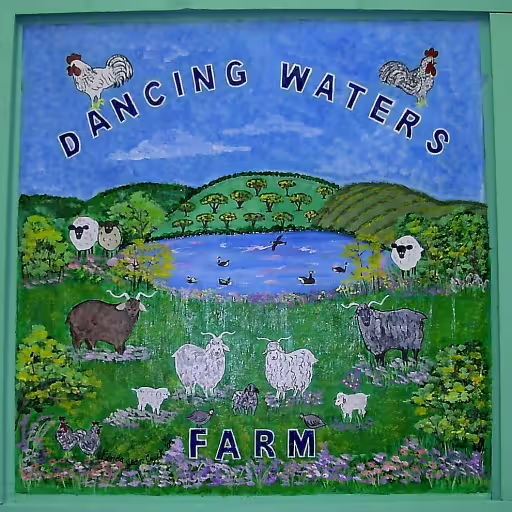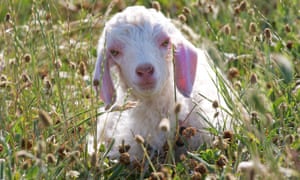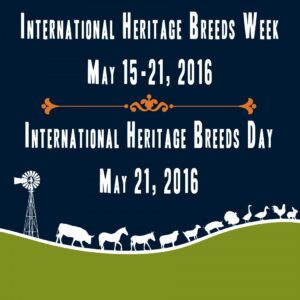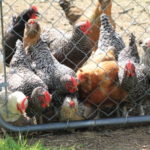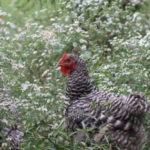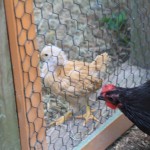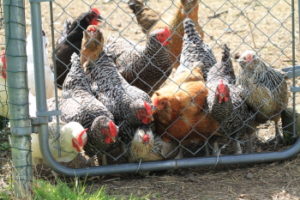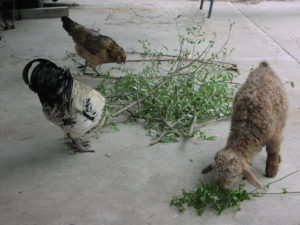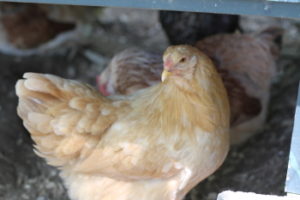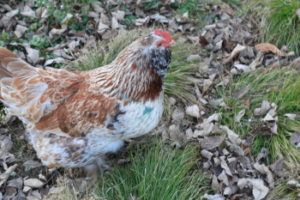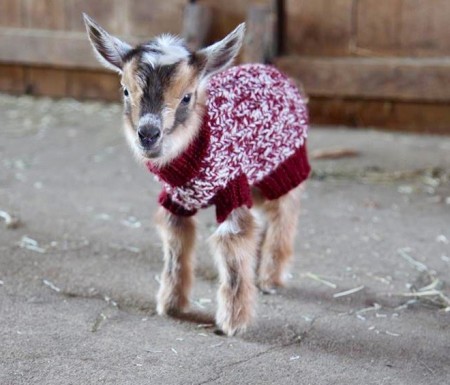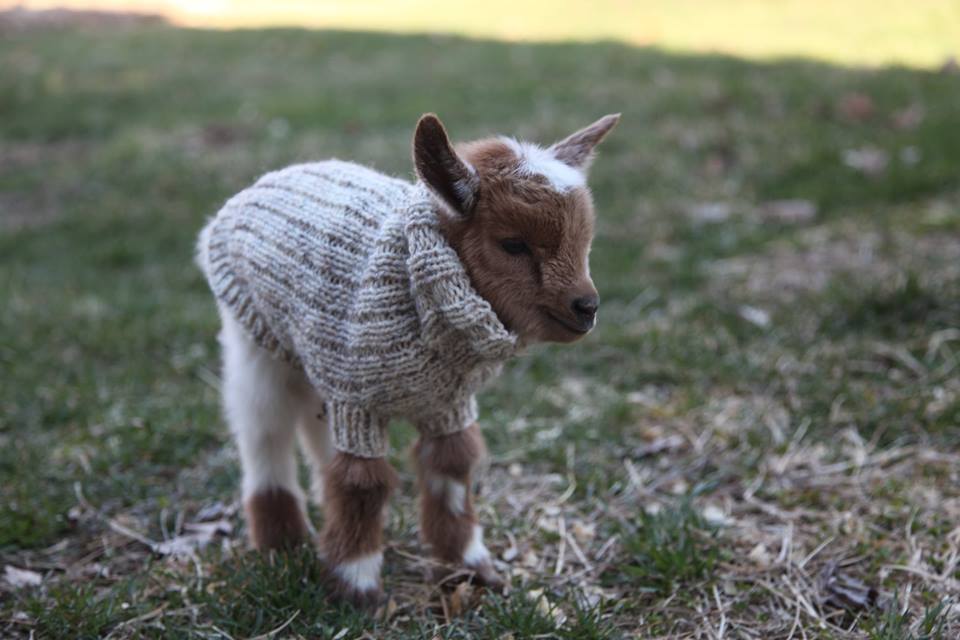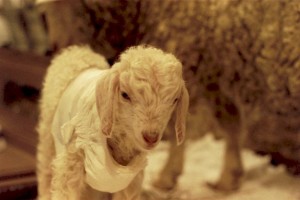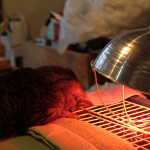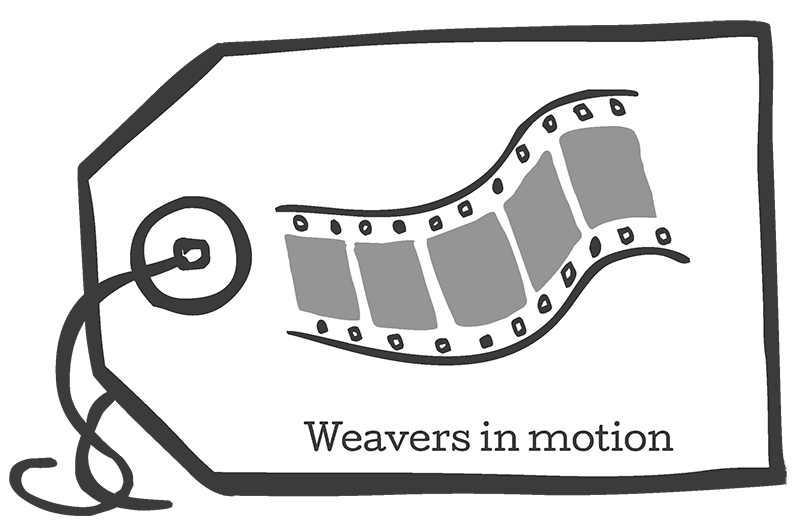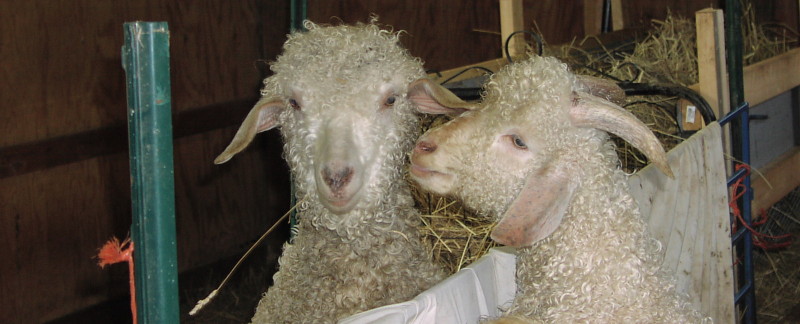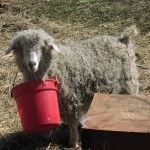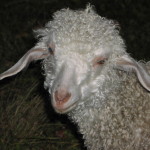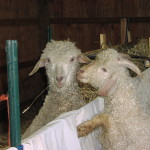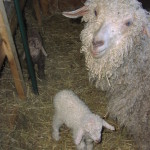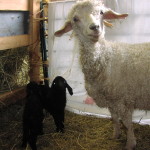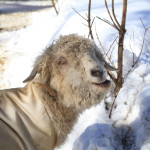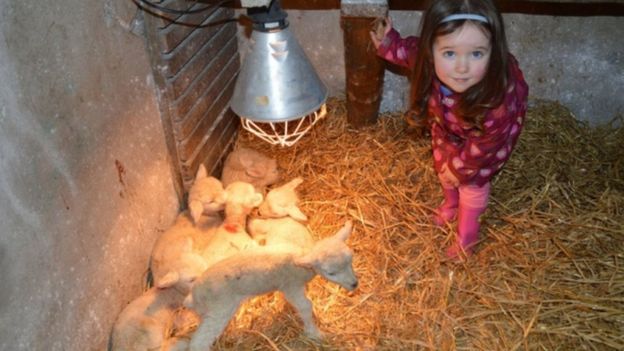The Corrymoor Farm web site says it all re mohair!
Their socks are all mohair with nylon added for stretch. Rare in this day of mostly plastic fabrics! Ohhh and the goats are gorgeous too.
Cool in summer, warm in winter.
Any moisture is quickly wicked away. This is true… we aren’t just saying it. It does mean that you can wear them for a considerably long time without washing them!
Good for your feet
Mohair fibres are naturally smooth which makes it difficult for foot bacteria to build up thereby preventing foot hygiene and health problems. Chiropodists and podiatrists recommend Corrymoor Socks. We find that people with sensitive skin or who can’t wear wool can wear our socks.
Hardwearing and will last for ages.
Mohair fibres are 3 times more resistant to rubbing than wool fibres.
